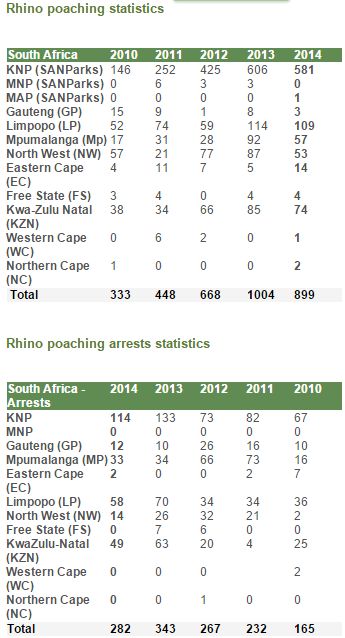Northern white rhino on brink of extinction
As conservationists battle the demise of the black rhino, the northern white rhino (Ceratotherium simum cottoni) took one step closer to complete extinction this weekend past.
The Ol Pejeta Conservancy in Kenya reported only six of the white rhino sub-species remained in the world. This followed the death of 34-year-old male Suni. He was one of only two males of the species.
For our black rhino, the numbers are not much better. Poaching has decimated the numbers of all species of rhino worldwide. Nationally, as of Friday, 868 had been killed.
The six black rhino (Diceros bicornis) South Africa donated to Botswana earlier this year are doing well and have become part of Botswana’s national herd, said SANParks head of Wildlife Veterinary Services, Dr Markus Hofmeyr.
“All national rhino matters are discussed and engaged at the Rhino Management Group (SADC range states) and reported back at the African Rhino Specialist Group (AfRSG) meeting. The move only took place after careful evaluation of habitat, security and capacity to monitor the rhino,” he said.
The northern white’s cousin, the West African black rhino (Diceros bicornis longipes) was last seen in 2006, and declared officially extinct in 2011 by the International Union for Conservation of Nature (IUCN) Red List of Threatened Species.
An AfRSG of IUCN report stated; “Between 2007 and 2012 the number of black rhino increased by 20.1% from 4 230 to 5 080. Estimated numbers of black rhino increased by 4.9% per annum between 2007 and 2010.
It said further that “black rhino numbers show a similar trend to the white rhino data with a slowing of the growth rate in black rhino numbers from 2010-2012 primarily reflecting the impact of the increased poaching rates.”
The report gave the numbers of black rhino regional subspecies as:
– South-western (Diceros bicornis bicornis): 208
– Southern-central (Diceros bicornis minor): 1792
– Black rhino sub-species outside their natural range
– Eastern (Diceros bicornis michaeli): 68.
Still, while the need for drastic measures remained, the numbers needed to be treated with a little caution however, experts warned.
Both in the AfRSG and Dr Sam Ferreira of SANParks said the black rhino was notoriously difficult to count.
“The [2013] rhino survey in Kruger National Park did include black rhino even though the methods are constraining when surveying species occurring at low densities over an area the size of Kruger National Park,” said Ferreira.
The black rhino estimate of 343 to 487 was lower than the predicted 754 to 956 because of issues associated with small population sampling effects, Ferreira added.
Because their numbers are so low, they are listed as critically endangered said Hofmeyr
It seems in terms of helping itself, the black rhino can also be its own worst enemy. “They have a much slower recovery rate than white
rhino, so if you knock them out of an area, it’s not easy to re-establish them,” Hofmeyr said.
He noted it was ideal a group of rhino be moved at a time. However, if there were only a few in the park, then moving 10 at once would impact on the source population.
Hofmeyr added it may take up to five years for black rhino to start breeding properly once they have been translocated.
